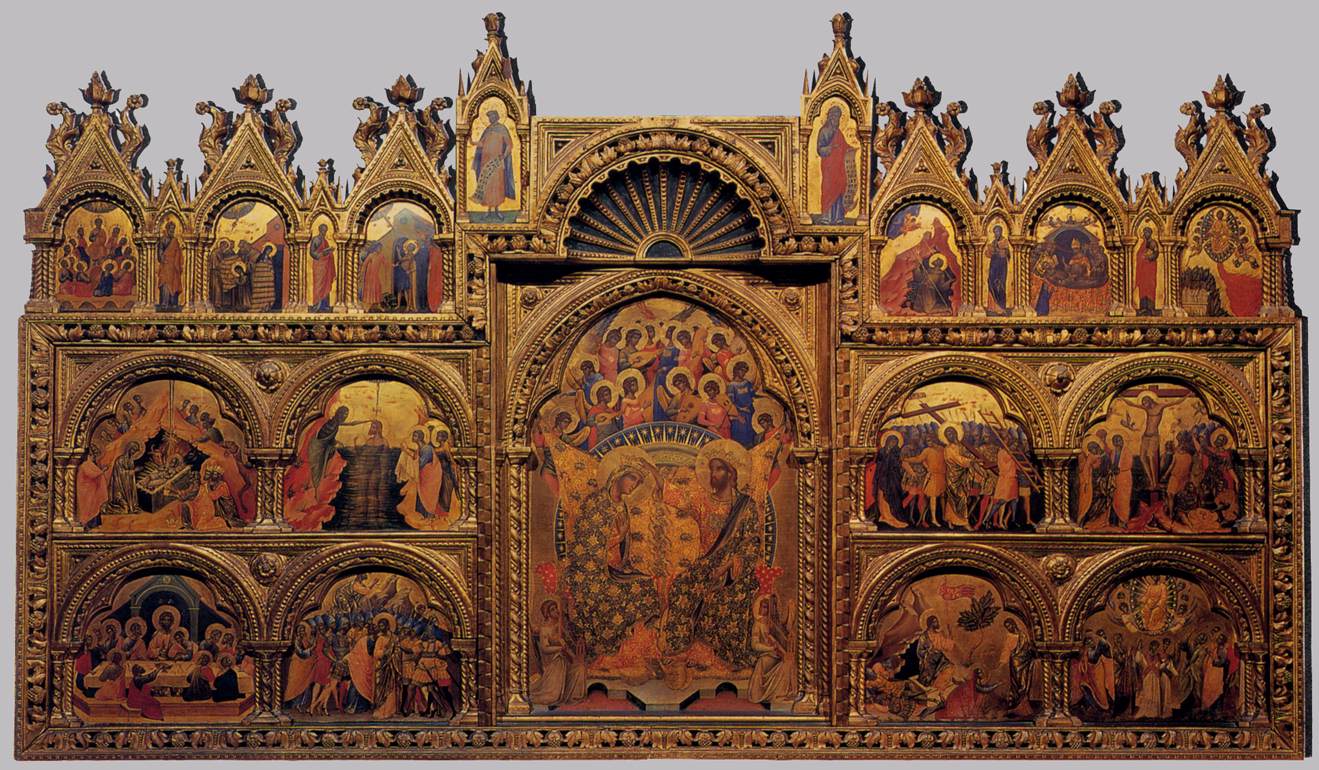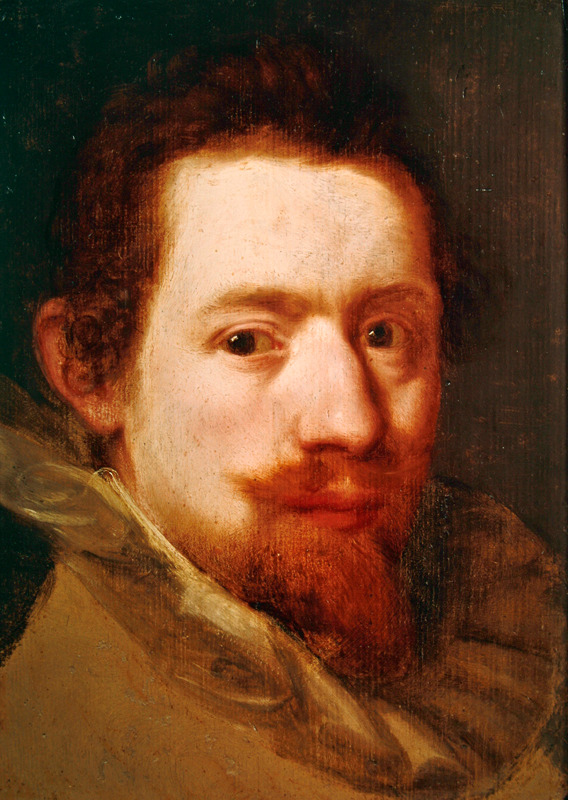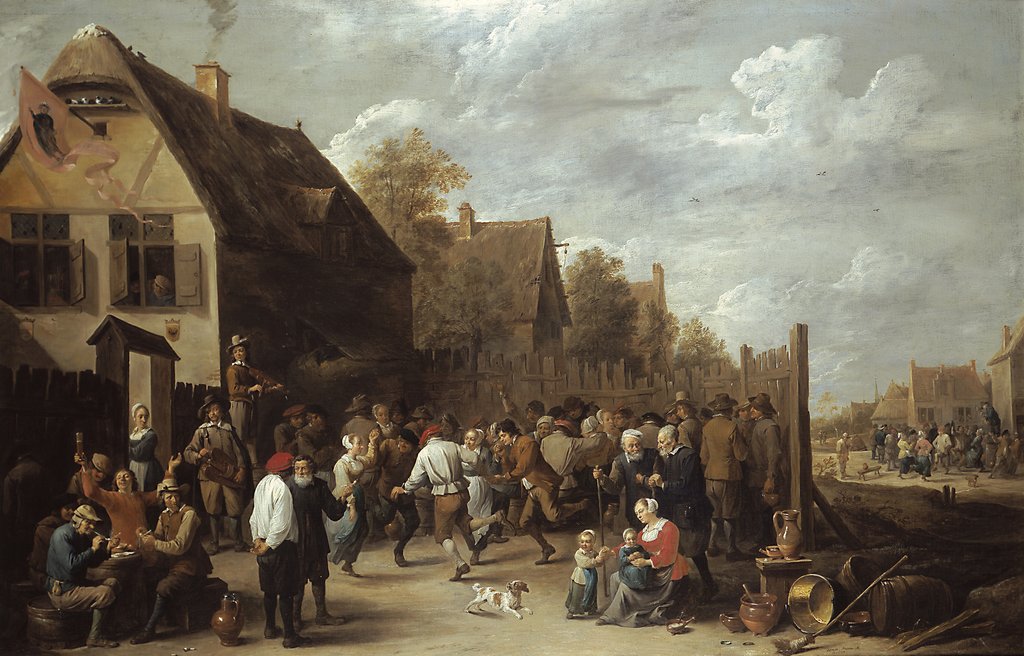|
Archduke Leopold William Of Austria
Archduke Leopold Wilhelm of Austria (5 January 1614 – 20 November 1662), younger brother of Emperor Ferdinand III, was an Austrian soldier, administrator and patron of the arts. He held a number of military commands, with limited success, and served as Governor of the Spanish Netherlands, before returning to Vienna in 1656. Despite being nominated as Holy Roman Emperor after Ferdinand's death in 1657, he stood aside in favour of his nephew Leopold I. His main interest was in art, and he patronised artists including David Teniers the Younger, Frans Snyders, Peter Snayers, Daniel Seghers, Peter Franchoys, Frans Wouters, Jan van den Hoecke and Pieter Thijs. His collection of 17th century Venetian and Dutch paintings are now held by the Kunsthistorisches Museum in Vienna. Life Born at Wiener Neustadt on 5 January, 1614, he was the sixth of seven children born to Emperor Ferdinand II (1578-1637) and his first wife, Maria Anna of Bavaria (1574–1616). His elder ... [...More Info...] [...Related Items...] OR: [Wikipedia] [Google] [Baidu] |
Archduke
Archduke (feminine: Archduchess; German: ''Erzherzog'', feminine form: ''Erzherzogin'') was the title borne from 1358 by the Habsburg rulers of the Archduchy of Austria, and later by all senior members of that dynasty. It denotes a rank within the former Holy Roman Empire (962–1806), which was below that of emperor, and roughly equal to that of king, prince-(arch)bishop, and grand duke, but above that of sovereign prince and duke. The territory ruled by an archduke or archduchess was called an archduchy. All remaining archduchies ceased to exist in 1918. The current head of the House of Habsburg is Karl Habsburg. Terminology The English word is first recorded in 1530, derived from Middle French ', a 15th-century derivation from Medieval Latin ', from Latin ''-'' (Greek ) meaning "authority" or "primary" (see '' arch-'') and ' "duke" (literally "leader"). "Archduke" (; ) is a title distinct from "Grand Duke" (; ; ; ), a later monarchic title borne by the rulers of other Eu ... [...More Info...] [...Related Items...] OR: [Wikipedia] [Google] [Baidu] |
Bishopric Of Strasbourg
The Prince-Bishopric of Strasburg (; ) was an ecclesiastical principality of the Holy Roman Empire from the 13th century until 1803. During the late 17th century, most of its territory was annexed by France; this consisted of the areas on the left bank of the Rhine, around the towns of Saverne, Molsheim, Benfeld, Dachstein, Dambach, Dossenheim-Kochersberg, Erstein, Kästenbolz, Rhinau, and the ''Mundat'' (consisting of Rouffach, Soultz, and Eguisheim). The annexations were recognized by the Holy Roman Empire in the Treaty of Ryswick of 1697. Only the part of the state that was to the east of the Rhine remained; it consisted of areas around the towns of Oberkirch, Ettenheim, and Oppenau. This territory was secularized to Baden in 1803. See also * Palais Rohan, Strasbourg * Rohan Castle * Strasbourg Bishops' War References * {{Authority control Strasbourg Prince-Bishopric Catholic League (German) Strasbourg Strasbourg ( , ; ; ) is the Prefectures in ... [...More Info...] [...Related Items...] OR: [Wikipedia] [Google] [Baidu] |
Dutch Golden Age Painting
Dutch Golden Age painting is the painting of the Dutch Golden Age, a period in Dutch history roughly spanning the 17th century, during and after the later part of the Eighty Years' War (1568–1648) for Dutch independence. The new Dutch Republic was the most prosperous nation in Europe and led European trade, science, and art. The northern Terminology of the Low Countries, Netherlandish provinces that made up the new state had traditionally been less important artistic centres than cities in Flanders in the south. The upheavals and large-scale transfers of population of the war, and the sharp break with the old monarchist and Catholic cultural traditions, meant that Dutch art had to reinvent itself almost entirely, a task in which it was very largely successful. The painting of religious subjects declined very sharply, but a large new market for all kinds of secular subjects grew up. Although Dutch painting of the Golden Age is included in the general European period of Baroque ... [...More Info...] [...Related Items...] OR: [Wikipedia] [Google] [Baidu] |
Venetian Painting
Venetian painting was a major force in Italian Renaissance painting and beyond. Beginning with the work of Giovanni Bellini (c. 1430–1516) and his brother Gentile Bellini (c. 1429–1507) and their workshops, the major artists of the Venetian school included Giorgione (c. 1477–1510), Titian (c. 1489–1576), Tintoretto (1518–1594), Paolo Veronese (1528–1588) and Jacopo Bassano (1510–1592) and his sons. Considered to give primacy to colour over line, the tradition of the Venetian school contrasted with the Mannerism prevalent in the rest of Italy. The Venetian style exerted great influence upon the subsequent development of Western painting.Gardner, p. 679. By chance, the main phases of Venetian painting fit rather neatly into the centuries. The glories of the 16th century were followed by a great fall-off in the 17th, but an unexpected revival in the 18th, when Venetian painters enjoyed great success around Europe, as Baroque painting turned to Rococo. This had ended c ... [...More Info...] [...Related Items...] OR: [Wikipedia] [Google] [Baidu] |
Jan Van Den Hoecke
Jan van den Hoecke (baptised on 4 August 1611 – 1651) was a Flemish painter, draughtsman and designer of wall tapestries. He was one of the principal assistants in Rubens' studio in the 1630s. He later traveled to Italy where he resided for a decade in Rome. He subsequently worked as a court painter in Vienna and Brussels. Jan van den Hoecke was a versatile artist who created portraits as well as history and allegorical paintings.Matthias Depoorter, ''Jan van den Hoecke'' at Barok in Vlaanderen Life [...More Info...] [...Related Items...] OR: [Wikipedia] [Google] [Baidu] |
Frans Wouters
Frans Wouters (1612–1659) was a Flemish Baroque painter who translated the monumental Baroque style of Peter Paul Rubens into the small context of cabinet paintings. He was a court painter to the Roman Emperor and the Prince of Wales and was active as an ambassador and art dealer. Life Frans Wouters was born in Lier, present-day Belgium. He was first apprenticed to Pieter van Avont in Antwerp in 1629 but broke his contract to move to the workshop of Rubens in 1634. He became a master in the Guild of St. Luke the following year.Frans Wouters at the He assisted Rubens in 1635 in the decorations for the |
Peter Franchoys
Peter, Peeter or Pieter Franchoys or Francois (1606 in Mechelen – 1654 in Mechelen) was a Flemish Baroque painter, who is mainly known for his portraits and religious paintings. Life He studied painting with his father, Lucas Franchoys the Elder, and later, according to the early biographer Cornelis de Bie, with Gerard Seghers in Antwerp. He is subsequently recorded in Brussels, where he worked for the governor of the Southern Netherlands Archduke Leopold Wilhelm of Austria. In 1631 he traveled to France and is recorded in Paris and Fontainebleau. He returned to Mechelen in 1635.Hans Vlieghe. "Franchoys." Grove Art Online. Oxford Art Online. Oxford University Press. Web. 7 April 2014 In 1646 he became a member of the Mechelen '' |
Daniel Seghers
Daniel Seghers (3December 15902November 1661) was a Flemish Jesuit brother and Flemish Baroque painter, painter who specialized in flower still lifes. He is particularly well known for his contributions to the genre of flower garland painting.Irene Haberland, "Seghers, Daniel," ''Grove Art Online''. Oxford University Press, [accessed 15 February 2015]. His paintings were collected enthusiastically by aristocratic patrons and he had numerous followers and imitators.John Rupert Martin, "A Portrait of Rubens by Daniel Seghers," ''Record of the Art Museum, Princeton University'', vol. 17 (1958), pp. 2–20. Life Seghers was born in Antwerp. He moved with his mother to the Dutch Republic, probably Utrecht around 1601, following the death of his father Pieter and the conversion of his mother to Calvinism. [...More Info...] [...Related Items...] OR: [Wikipedia] [Google] [Baidu] |
Peter Snayers
Peter Snayers or Pieter Snayers (1592–1667) was a Flemish painter known for his panoramic battle scenes, depictions of cavalry skirmishes, attacks on villages, coaches and convoys and hunting scenes. (p. 241-243, v.1; plate 92, v.2)Hans Vlieghe, Flemish Art and Architecture 1585–1700', New Haven: Yale University Press (1998): 173. He established his reputation mainly through his topographic battle scenes providing a bird's eye view over the battlefield."La batalla de Honnecourt" de Peeter Snayers ''Boletín del Museo del Prado'', no. 41, pp. 60–69. He further painted large landscapes and portraits of the aristocracy.Carl van de Velde, "Snayers, Pieter" ''Grove Art Online''. Oxford University Press, [accessed 9 March 2017] He was a regular collabora ... [...More Info...] [...Related Items...] OR: [Wikipedia] [Google] [Baidu] |
Frans Snyders
Frans Snyders or Frans Snijders (11November 157919August 1657) was a Flemish painter of animals, hunting scenes, market scenes, and still lifes. A versatile artist, his works depict all sorts of foods, utensils, and tableware and wide assortment of animals. He was one of the earliest specialist animaliers and he is credited with initiating a wide variety of new still-life and animal subjects in Antwerp. His hunting scenes and still lifes engage the viewer with their dramatic and dynamic effects. He was a regular collaborator with leading Antwerp painters such as Peter Paul Rubens, Anthony van Dyck, Jacob Jordaens, and Abraham Janssens.Matthias Depoorter, ''Frans Snijders'' at barokinvlaanderen Life Snyders was born in |
David Teniers The Younger
David Teniers the Younger or David Teniers II (bapt. 15 December 1610 – 25 April 1690) was a Flemish Baroque painter, printmaker, draughtsman, miniaturist painter, staffage painter, copyist and art curator. He was an extremely versatile artist known for his prolific output.Teniers the Younger, David at the National Gallery of Art He was an innovator in a wide range of genres such as history painting, genre painting, landscape painting, portrait and still life. He is now best remembered as the leading Flemish genre painter of his day.David Teniers (II) at the Netherlands Institute for Art History Teniers is particularly known for develo ... [...More Info...] [...Related Items...] OR: [Wikipedia] [Google] [Baidu] |
Holy Roman Emperor
The Holy Roman Emperor, originally and officially the Emperor of the Romans (other), Emperor of the Romans (; ) during the Middle Ages, and also known as the Roman-German Emperor since the early modern period (; ), was the ruler and head of state of the Holy Roman Empire. The title was held in conjunction with the title of King of Italy#Kingdom of Italy (781–962), King of Italy (''Rex Italiae'') from the 8th to the 16th century, and, almost without interruption, with the title of King of Germany (''Rex Teutonicorum'', ) throughout the 12th to 18th centuries. The Holy Roman Emperor title provided the highest prestige among Christianity in the Middle Ages, medieval Catholic monarchs, because the empire was considered by the Catholic Church to be Translatio imperii, the only successor of the Roman Empire during the Middle Ages and the early modern period. Thus, in theory and diplomacy, the emperors were considered first among equalsamong other Catholic monarchs across E ... [...More Info...] [...Related Items...] OR: [Wikipedia] [Google] [Baidu] |










